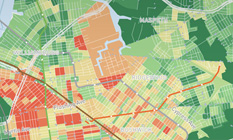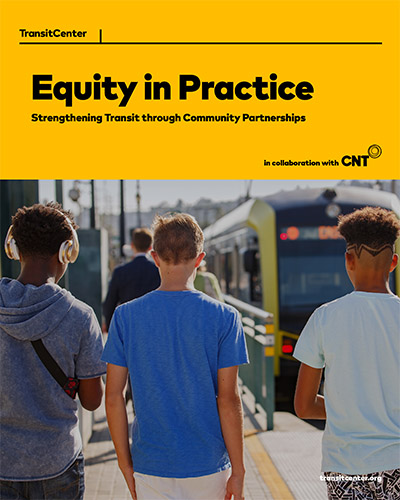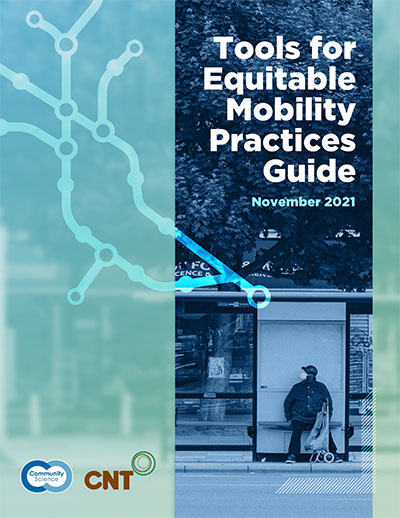Transit-oriented development (TOD) can equip communities to become more economically and environmentally resilient over the long term. Living near transit allows households to spend less on transportation and more at local businesses. Vehicle miles traveled and greenhouse gases go down, low-income households are better connected to economic opportunity, and tax bases expand. Communities can pursue inclusive TOD to meet a variety of goals, from Affirmatively Furthering Fair Housing to climate mitigation to transportation planning.
As the market embraces TOD as a product, communities need help. Existing zoning rules often restrict density and demand excessive and expensive parking. Transportation and affordable housing programs don’t emphasize TOD at municipal or citywide levels. Land near transit can be expensive compared to greenfield sites. Neighbors may resist equitable TOD until its benefits to neighborhood economies, the environment, and households of all incomes are made clear. And even when communities set TOD policies, they need help their tracking progress in adding equitable TOD and measuring its contribution to economic, environmental, and equity goals.
We have been putting our tools into practice to help communities set progressive TOD policies and keep score of progress. We’re doing it through:
- Triple Bottom Line Performance Measures: We track performance of TODs and measure their ability to meet environmental, economic, and equity goals. For example, we helped develop an equitable TOD (eTOD) scoring system in Boston and determined that equitable TOD generates big greenhouse gas savings in California.
- Targeting Investments: Our data helps planners target transportation and housing investments to the station areas where they deliver the biggest impact. We sorted through short- and long-term TOD opportunities in Prospering in Place, and we helped the Chicago region create Priority Development Areas to target investments to them.
- Zoning and Land Use Scenarios: Our tools help communities create land use policies that unlock the true potential of TOD in places like the northern and western suburbs of Chicago.
- Parking Requirements: We identify right-sized parking demand based on the characteristics of a neighborhood and help pass on the savings through affordable housing. We’ve innovated tools in King County, the San Francisco Bay Area, and across the country.
- Planning Opportunity Areas: We’ve advocated that fair housing policymakers use our tools to consider transit and jobs to define geographies of economic opportunity.
Learn more
West Cook County COD+TOD Report
Performance-Based Transit-Oriented Development Typology Guidebook





 Strengthening Transit Through Community Partnerships
Strengthening Transit Through Community Partnerships











